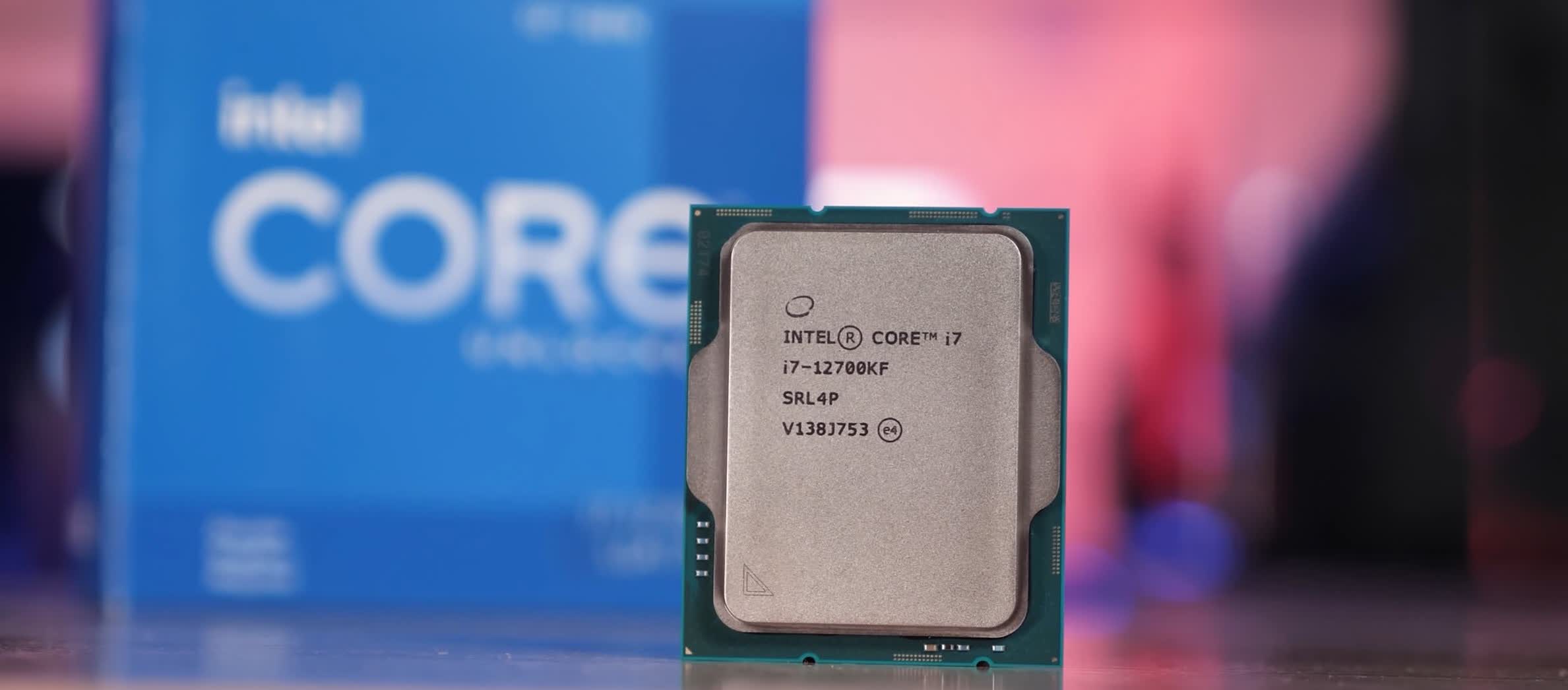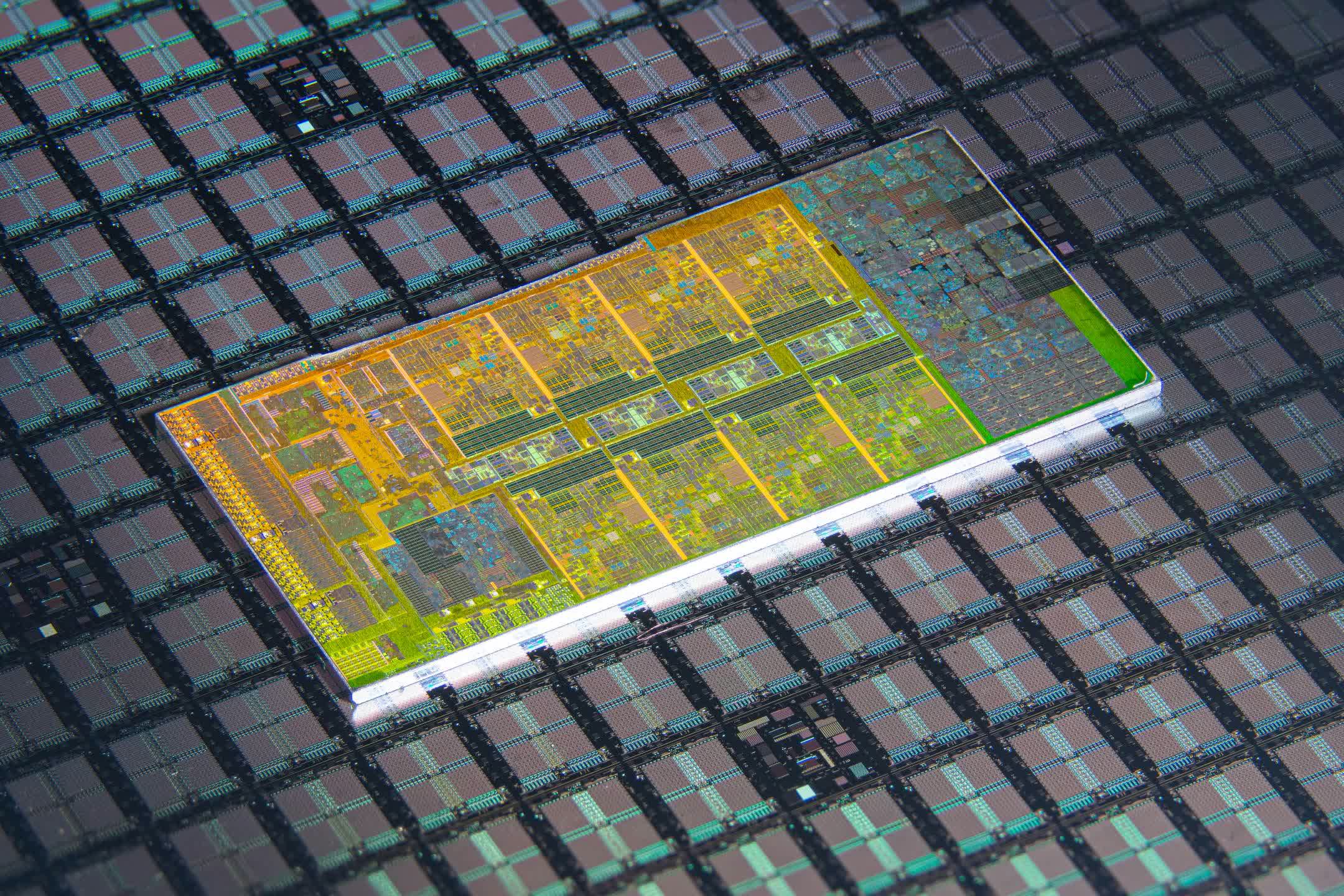Recap: At the top end, Alder Lake processors have eight performance cores and eight efficiency cores. As you descend the ranks, you slowly lose e-cores until you get to the i5-12600, which has none. At the bottom of the pile, the Pentium and Celeron parts have just two p-cores.
According to an update to a Linux repository that Intel made themselves, found by Japanese outlet Coelacanth Dream, the Alder Lake-based Atom processors will reverse the trend and have up to eight e-cores and no p-cores.
In the update, which contains a partial boot log of an Alder Lake-N part, Intel describes the Atom processors as having two quad-core clusters of e-cores with 2 MB of L2 cache each and a shared L3 cache of an undisclosed size. They also have a 32 EU GPU, the same as the i5-12600.

These Atom processors will likely end up in SoCs for business applications and as embedded processors in OEM systems, like Chromebooks.
Intel says that e-cores perform about the same as Skylake cores. In our in-game testing, we found that claim to be slightly disingenuous: in some titles, that was true, but in most, they were much worse. However, the discrepancy wasn't caused solely by the e-cores' worse throughput --- it was primarily due to their poor inter-core latency.
Though games are susceptible to latency, not all applications are. In multi-threaded applications like Blender, Intel's claim was approximately true. To draw a hasty conclusion, then, an octa-core e-core processor could be well suited to SoC and embedded applications and shouldn't be dismissed.
| Alder Lake-N* | Celeron G6900 | |
|---|---|---|
| P-cores / threads | - | 2 / 4 |
| E-cores / threads | 8 / 8 | - |
| L2 cache | 2 + 2 MB | 2.5 MB |
| L3 cache | ? | 4 MB |
| GPU | 32 EU | 16 EU |
| TDP | ? | 46 W |
In any case, in comparing an Atom processor with eight e-cores and a Celeron with only two p-cores (although they do have hyperthreading, so four threads), the Atom couldn't perform all that much worse, plus would at least consume less power and take up far less space. Win-win.
Image credit: Fritzchens Fritz
